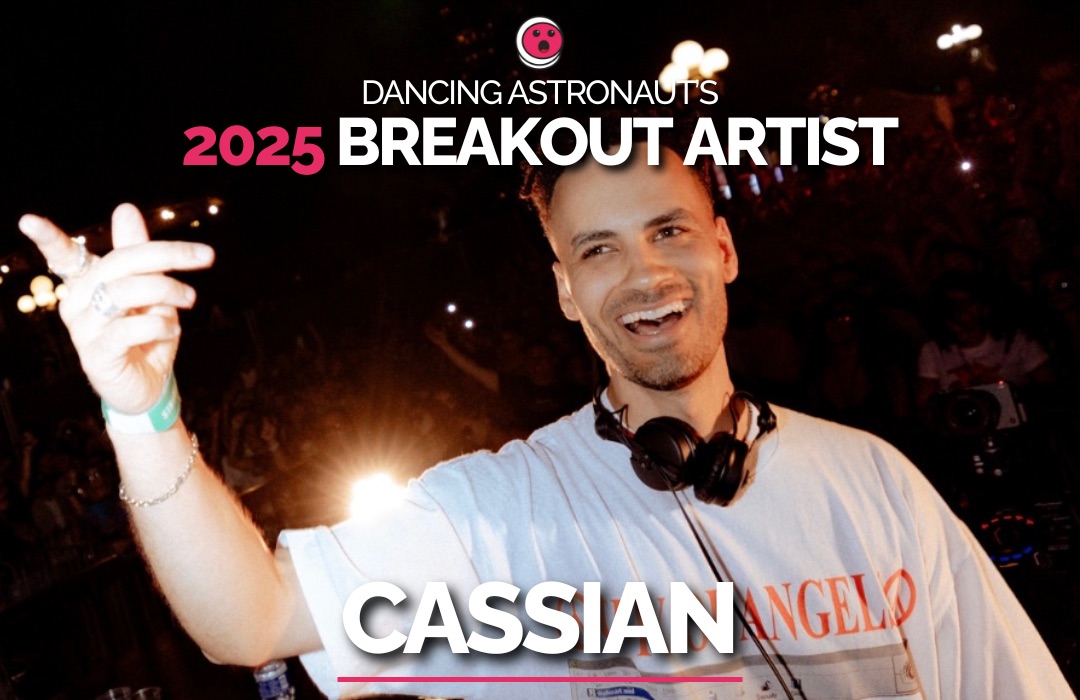Anime fans have spent countless hours arguing about everything in their favorite shonen series from power levels to lore details. However, one of the most common debates focuses on why Dragon Ball and its various spin-offs are not considered part of the Big Three anime powerhouses.
The phrase 'Big Three', which originated in the Western anime fandom in the mid-2000s, was commonly used to refer to three major anime titles: One Piece, Naruto and Bleach. Their popularity and extensive length meant they frequently featured on the cover of Shonen Jump, with shared covers often featuring characters from all three franchises. The Big Three were the anime fans simply couldn't escape, the ones that dominated conventions, merchandise stores and forums. So why was Dragon Ball never associated with this phrase?
It should be noted that the term was created by fans that reached the zeitgeist, thus it has no official backing. Because of this, it isn't a reflection of One Piece, Naruto or Bleach's sales or quality; it was merely a statement on their perceived popularity within the shonen fandom at a moment in time. With that in mind, it can't be denied that Dragon Ball was long-running, part of the shonen genre and remains extremely popular with fans worldwide.
Many suggest it's because of Dragon Ball's publication date. In Japan, the Big Three have scattered manga release dates: One Piece launched in 1997, Naruto began in 1999 and Bleach didn't start until 2001. However, there was often a delay between a series' launch and its arrival in the American version of Shonen Jump. In North America, One Piece launched in 2002, Naruto began in 2003 and Bleach in 2007, meaning all of these titles were in the public consciousness at the same time.
Dragon Ball, however, debuted and grew popular much earlier. The original manga launched in Japan in 1984 and finished in 1995, years before the other titles came along. It also launched in North America in 1998, meaning many anime fans would have read it before its counterparts even released. This made Dragon Ball feel like it was from the era before the Big Three, and that its moment had somewhat already passed.
This release trend carries through to the animated releases for these titles. Dragon Ball Z launched on North American TV in 1996, quickly growing a dedicated fanbase. However, its run of new episodes ended in 2003 -- before any of the Big Three hit screens. The first Big Three anime to launch in North America was One Piece in 2004, with Naruto following in 2005 and Bleach in 2006.
Therefore, Dragon Ball stemmed from the era before the Big Three in both the East and West. It should also be noted that while the internet was around at this point, streaming wasn't a thing. So while anime fans could discuss shows online, they could only watch what was picked up for local broadcast, which would make the Big Three feel like they dominated the space while Dragon Ball Z's initial hype had already died down.
On top of this, when Viz Media brought the Dragon Ball manga to America, it didn't do so through the American version of Shonen Jump. Rather, it released the series as a monthly comic book. Not only was it separated by era, but it also wasn't as closely associated with its contemporaries. The Big Three are linked in fans' minds because they were so often seen together on various Shonen Jump covers. Those who read the magazine would likely read all three series at once and then watch the anime adaptations on TV, making them feel like a unified moment or movement -- unlike Dragon Ball, which felt like its own separate franchise.
These days, the idea of the Big Three is a fascinating relic of another time, one where the North American anime market was much more centralized and anime fans had far fewer choices. However, while Dragon Ball is undoubtedly great, it simply arrived too early to be viewed alongside Naruto, One Piece and Bleach -- it was already a massive franchise in its own right before the Big Three became a concept in the public consciousness.
About The Author

